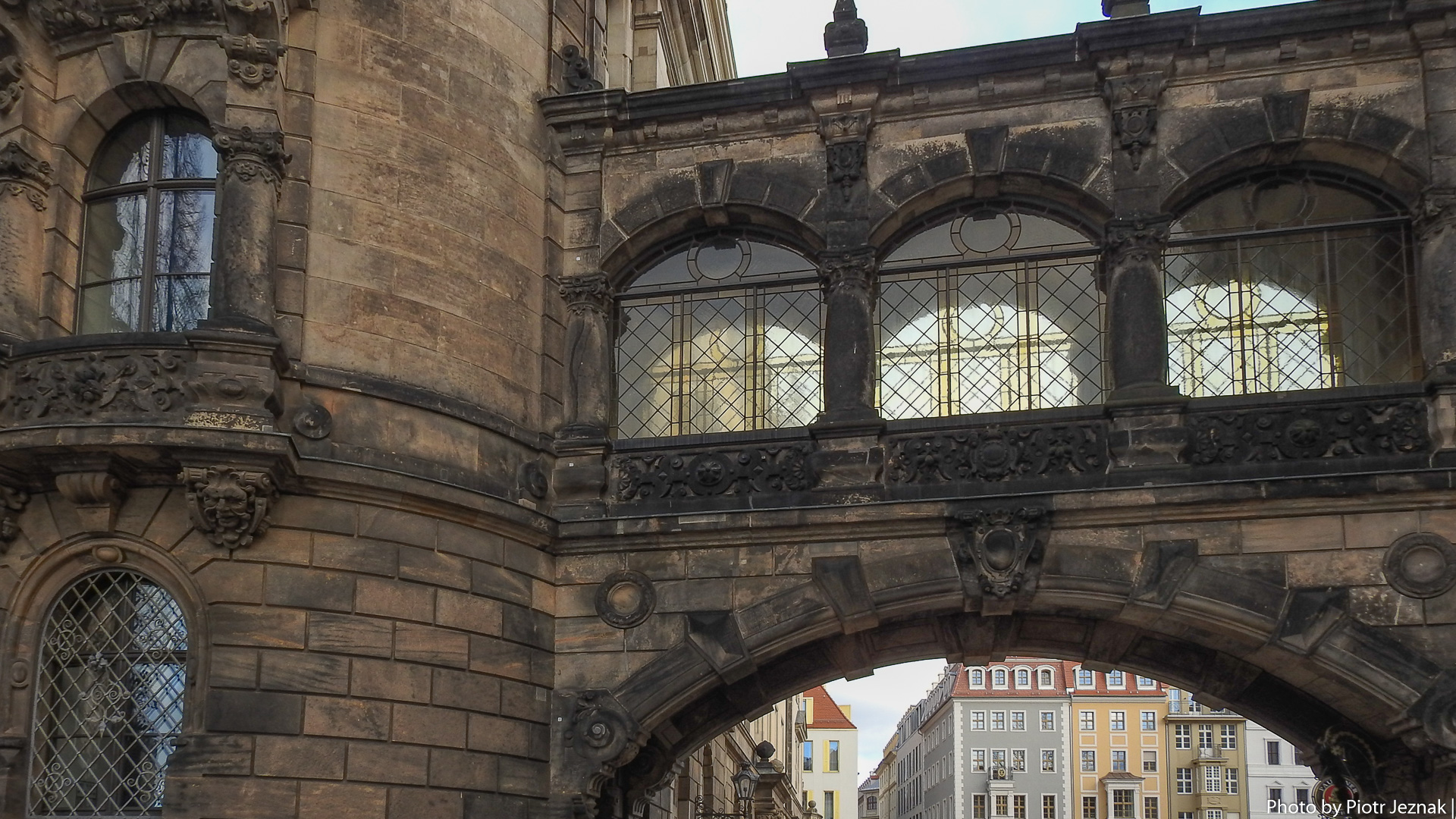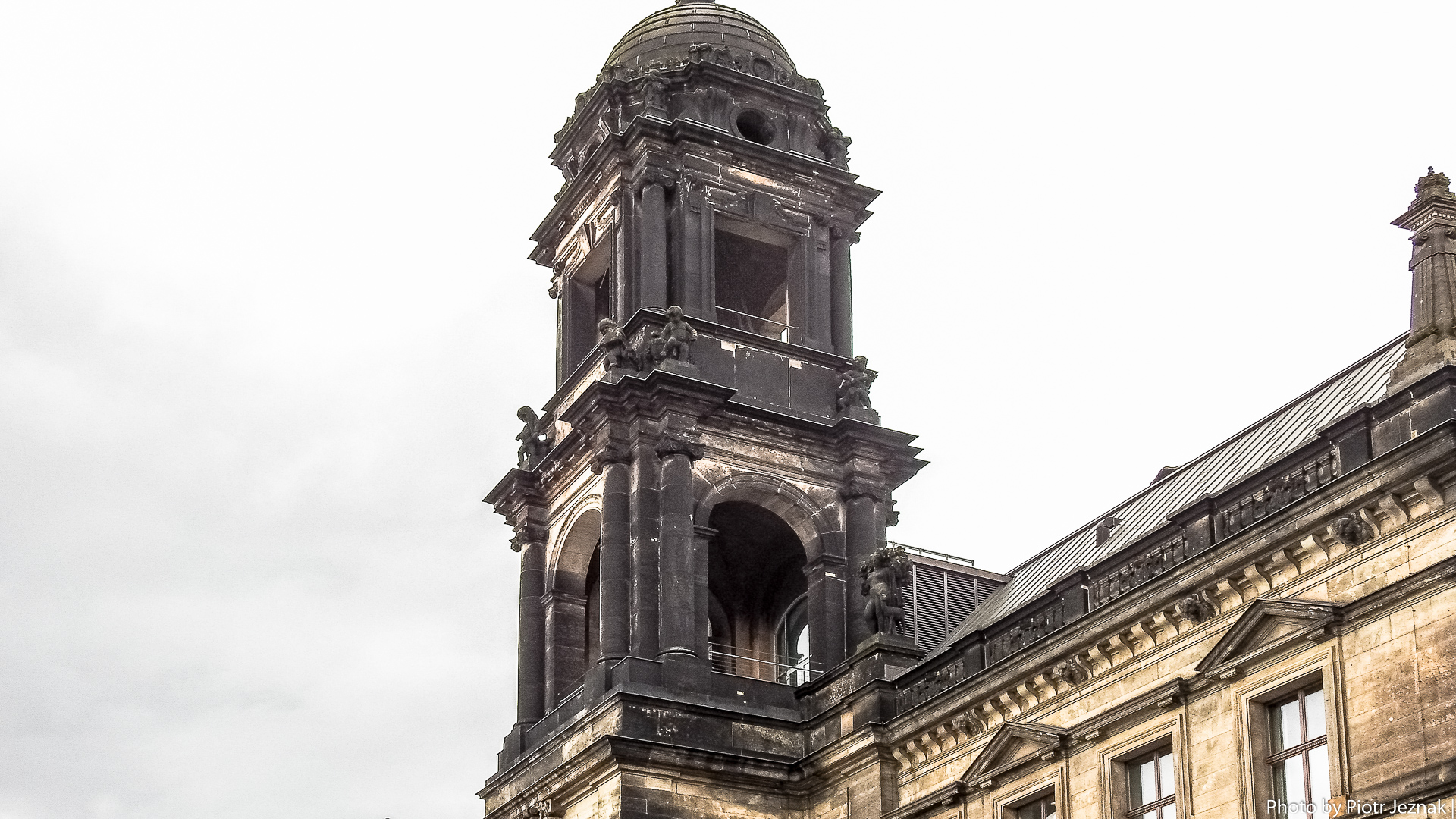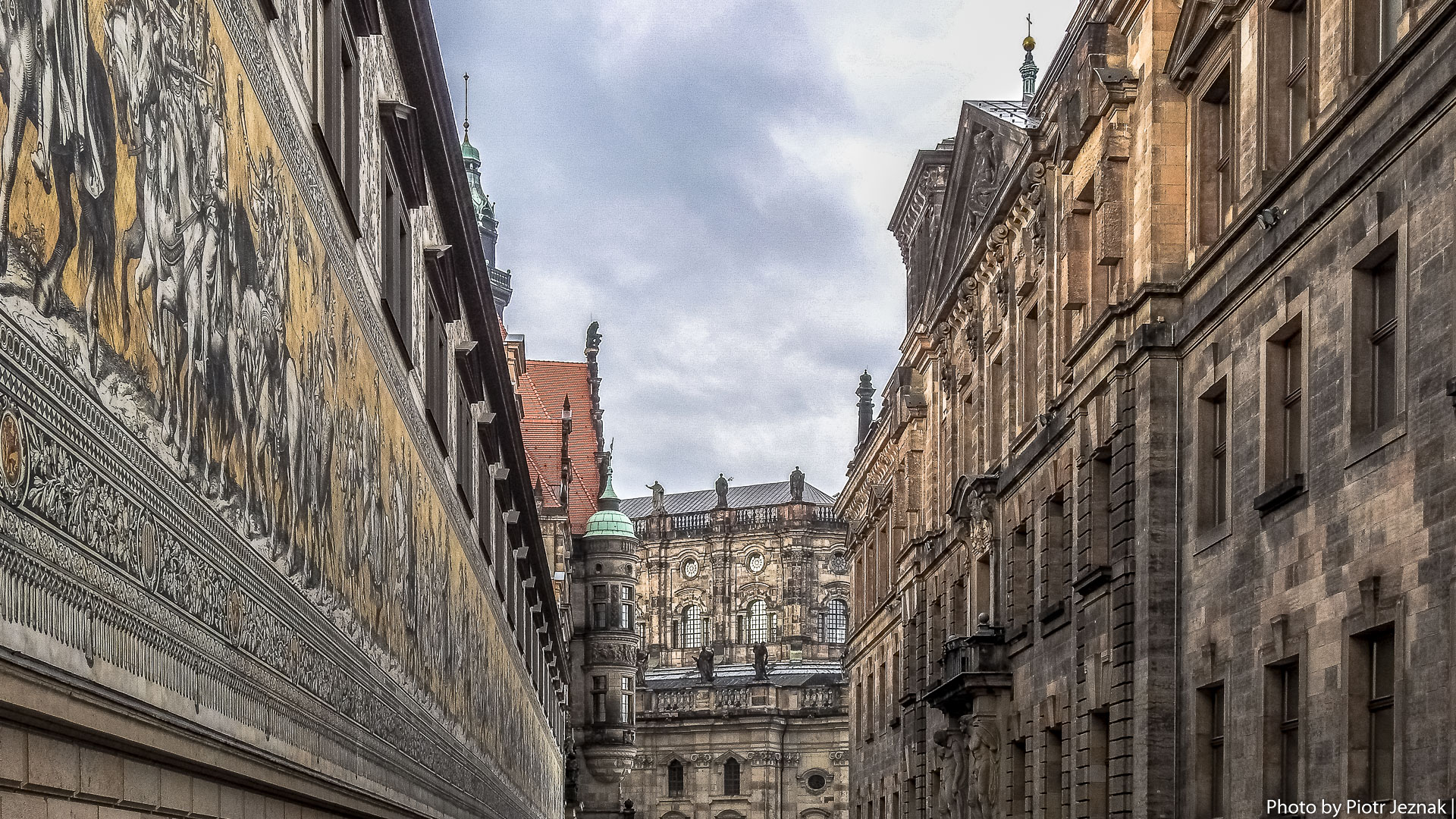Firestorm in Dresden
The city lighting of Dresden is rather subdued. The glow of warm, yellow lanterns surrounds the façades of carefully restored palaces hidden in twilight, containing original fragments that survived the night of February 13-14, 1945, the famous bombing. After sunset, the capital of Saxony seems to be half-darkened, even though it is no longer under threat of attack. During the day, the gray and black of the rebuilt, original architectural elements brings to mind the bombing of Dresden, which resulted in a firestorm.
Although this phenomenon – a firestorm – also occurs spontaneously, for example as a result of an open fire in the forest (Prairie Fire in Wisconsin, USA, in 1871) or as a result of an earthquake in a densely populated area (Yokohama and Tokyo in 1923), it entered the consciousness of the public during World War II, with the so-called carpet bombing [1]. Dutch Rotterdam, attacked by the German Luftwaffe in 1940, German Hamburg, bombed by the British RAF in 1943, and Dresden, completely destroyed in the final phase of the war, found themselves in a fiery hurricane which was raging as a result of a planned strategy of bringing cities to total ruin.
- The blackened tower of the Saxon State House – a silent witness of the firestorm in Dresden.
The night raid on Dresden proceeded according to the following scheme: First, de Havilland Mosquito planes dropped flares – markers whose colors indicated types of buildings particularly important strategically, for example industrial plants, scientific institutions, warehouses, or infrastructure elements, although the planned target of the attack there were also residential houses. Then, Avro Lancaster bombers sent down two-ton “blockbusters” [2], or demolition bombs, aimed at destroying roofs and piercing through the floors of floors, so that in the third, final phase, incendiary loads in the form of electron-thermite rods based on a magnesium-aluminum alloy could easily reach the interiors of buildings and cause huge fires inside them. In total, 796 aircraft – 244 bombers in the attacking group around 10 p.m. and another 552 around 1 a.m. – that night (the third wave of air raids took place already during the day, on February 14) used their destructive war materials in this way in Dresden, leading to the creation of one super-fire, which, sucking in colder air from the surroundings, in places practically deprived the center of the old city of oxygen, which for many people meant death by suffocation. The speed of the hurricane wind may have exceeded even 150 km/h [3], the column of fire rose to a height of over one and a half kilometers [4], and the temperature in places reached 1,600 ° C, causing people and animals to turn into quickly burning torches. During the firestorm wood disappeared in a flash, street asphalt turned into a liquid state, metal elements melted, and bricks and stones heated up to redness. Amazingly, the “Procession of Princes” – the largest painting on porcelain tiles in the world – survived the bombs and fire.
- Augustusstraße pedestrian street in Dresden, on the left the world’s largest wall painting on porcelain tiles: “Procession of Princes”.
The partially blackened facades of Dresden’s baroque palaces are a conservation measure, being in fact carefully restored external walls of completely rebuilt historical buildings, which today house, among others, numerous museums. As for some historic tenement houses, however, they shine brightly in their pastel colors, giving the impression as if they had been built recently. In the title photo, showing the historic footbridge over Taschenberg Street, between Dresden Royal Palace and Taschenberg Palace, you can see such houses in the background, one of which – the corner one – will be the subject of the next report.
- [↑] Area bombing or carpet bombing was recognized as a weapon of mass destruction in 1977 under the first of two additional protocols to the 1949 Geneva Conventions., i.e. not distinguishing between military facilities and the civilian population, and banned as such (Altmann, Elisabeth. Internationale Katastrophenhilfe und die Motive der öffentlichen Hand in Österreich. Frankfurt am Main: Peter Lang GmbH, 2003. P. 84.)
- [↑] McKay, Sinclair. Drezno 1945. Ogień i mrok. Kraków: ZNAK, Kraków. P. 135.
- [↑] Ibid, p. 274.
- [↑] Ibid, p. 276.
The article is a translation of the original in Polish.



